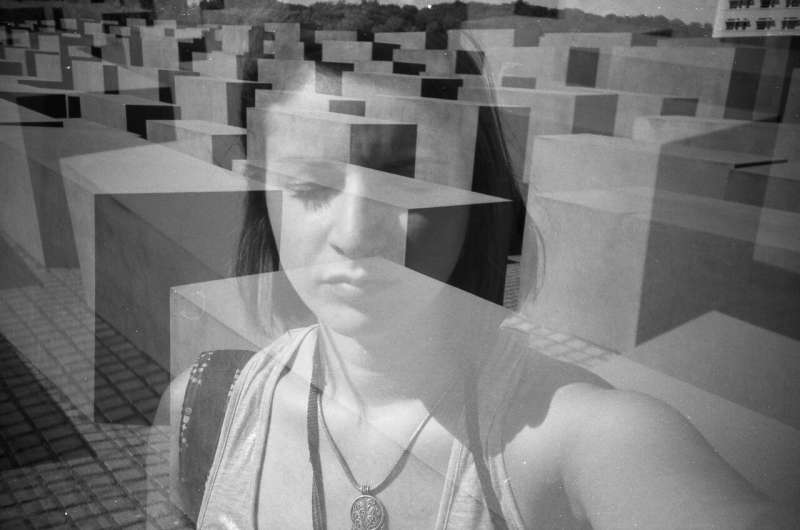
The reactivation of patterns of neuronal activity based on experience is crucial for learning and memory, but these patterns and the associated brain waves vary widely and are difficult to classify. Such events, dubbed ripples, are characteristic of the hippocampus, a brain region responsible for memory.
Until now, the most common way to study ripples was using frequency analysis, but a project led by the Spanish National Research Council (CSIC) has proposed a new classification strategy.
Using data science tools, a research group from the Instituto Cajal (IC-CSIC) headed by Liset M. de la Prida has managed to figure out the temporal structure of hippocampal ripples. The scientists observed that by projecting all of the events recorded in a session into abstract mathematical spaces, they obtained a cloud in which their position is by no means random.
This information could be useful for their differential classification in disorders such as Alzheimer’s disease and epilepsy, which concur with episodic memory deficits. The results are published in the journal Nature Neuroscience and are part of the DeepCode project.
Episodic memory represents a person’s experiences—for instance, what happened at a specific time and place, and makes up their life story. “This memory is formed and consolidated during ripples, which are short-lived high-frequency brain waves containing memory traces of the previous experiences. In disorders such as Alzheimer’s disease and epilepsy these ripples, and therefore memory, are affected,” explains De la Prida.
Memory traces of lived experiences manifest themselves as sequences of neuronal activity. Entering a museum, walking along a corridor and ending up in a room looking at a painting are sequences that are reactivated during these ripples and then merge with other traces from previous events, forming links and editing the essential aspects of the memory. This means, for example, that entering the museum could be linked to the memory of a similar visit several years earlier. The waveform of the ripples reflects the specificity of the associated memory traces.
A data science strategy
“Given their oscillatory nature, for a long time, ripples have been studied using spectral tools that characterize the frequency and range of the oscillations. However, these methods are unable to identify the variability reflected by their waveforms and the associated neuronal sequences,” says De la Prida.
In this project, they adopted a data science strategy—topological data analysis, which enables the temporal samples of the ripples to be projected in a high-dimensional space. In this space, each ripple becomes a point and when all of them are added, an event cloud is obtained. Researchers found that shape of the cloud is interpretable in physiological terms.
“Events with a similar frequency, duration or slopes are projected nearby, whereas those with different characteristics occupy locations that are distant from each other,” explains Enrique Rodríguez Sebastián, predoctoral researcher and main author of the study. This enables their mechanisms to be decoded more precisely and to predict ripples that are generated by different regions of the hippocampus.
“These regions may trigger traces of different memory contents, such as those with more social content (who was at the museum) or more spatial content (the museum is next to my house),” adds De la Prida.
“Our work will facilitate understanding the mechanisms of the formation of episodic memory. These very same strategies could help to separate the physiological ripples from the pathological ones that accompany episodic memory deficits such as those experienced with Alzheimer’s and epilepsy,” the scientist concludes.
More information:
Low dimensional analysis of sharp wave ripples reveals input mechanisms behind feature variations, Nature Neuroscience (2023). DOI: 10.1038/s41593-023-01471-9
Journal information:
Nature Neuroscience
Source: Read Full Article



